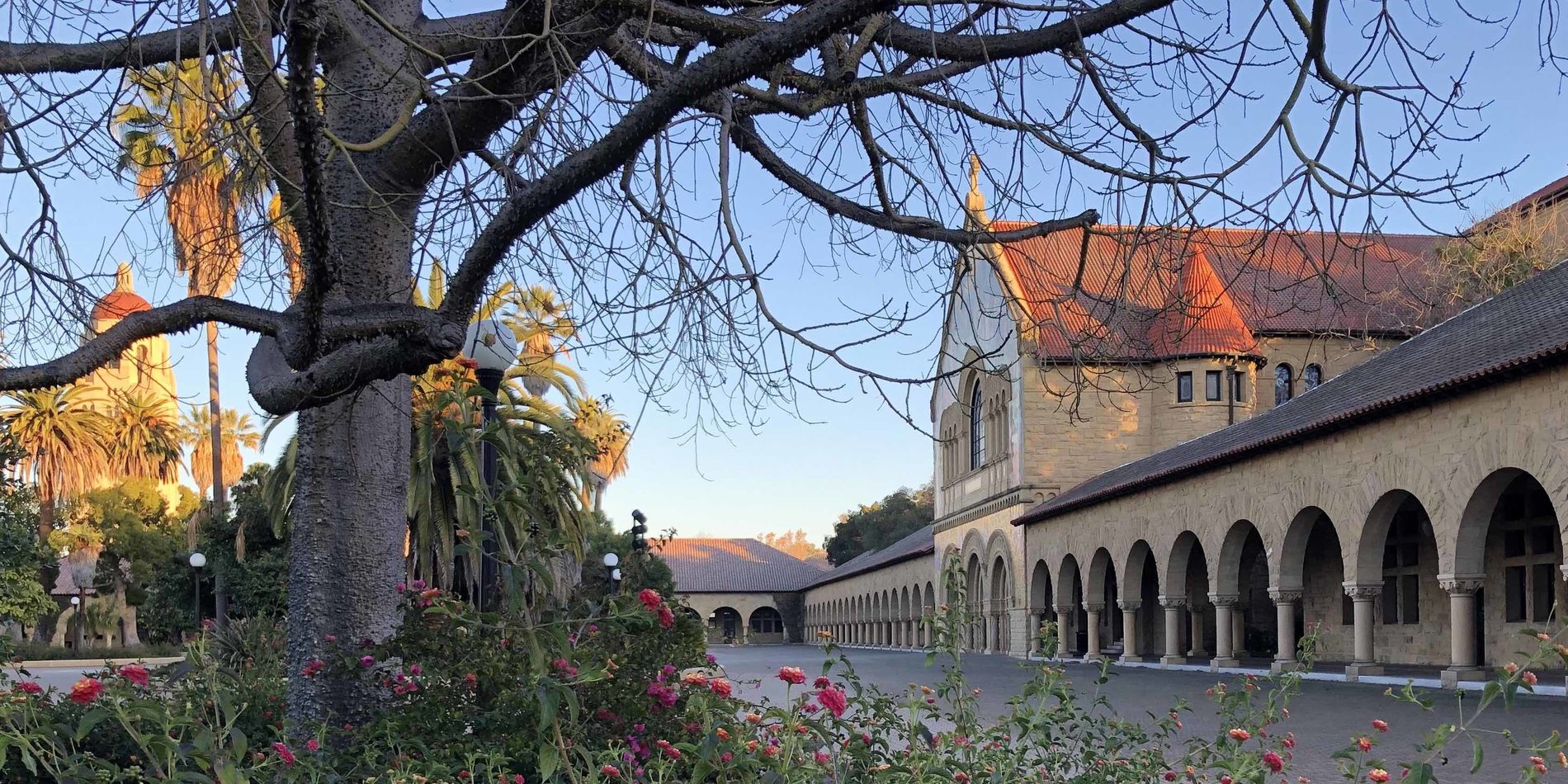HISTORY 4N: What is Nature? Discovering the History of Nature at Stanford
Course Description
Nature is everywhere. It pops up in advertisements, in news stories, and popular culture. We talk about nature all the time, sometimes without even realizing it: conserving nature, loving nature, and being in nature. But what actually is nature? Are oak trees nature? What about gardens, sunsets, or garbage? Are human beings nature, or is nature a state one can enter into? Do you have to go outdoors to be in nature? In this course we’ll get out of the classroom and use the Stanford campus to explore how people in the past have thought about nature and why it has been and continues to be such a potent idea that is so hard to define. Together in this seminar we’ll examine the history and design of Stanford University. We’ll explore a range of narrative approaches to nature stories. And we’ll consider current problems and debates about nature from pollution, to drought, to wildfire, and climate change. The course will culminate in a fun, hands-on project.
Meet the Instructors: Caroline Winterer & Charlotte Hull
Caroline Winterer

“I am William Robertson Coe Professor of American History at Stanford, and Chair of the Department of History. I teach courses on early American history, the history of ideas, the Lewis and Clark Expedition, and on the history of science, including the history of Darwin and evolution. I’m a big believer in experiential education: students getting hands-on experience with ancient and modern artifacts, manuscripts, architecture, and artworks. My latest book is How the New World Became Old: The Deep Time Revolution in America (2024), which shows why 19th-century Americans came to believe that their continent was the oldest in the world, full of dinosaurs and wooly mammoths.”
Charlotte Hull

“I spend a lot of time thinking about nature. As a historian and lecturer with COLLEGE, I am delighted by big questions that invite us to rethink what we think we know. I earned my Ph.D. in American History here at Stanford, where I researched nineteenth-century California history. I have spent many years wandering around exploring Stanford’s campus and am always discovering something new. Whether gardening, learning to fly fish, or examining historical sources, I’m curious about how we interact with, contribute to, and fit into the world around us.”



